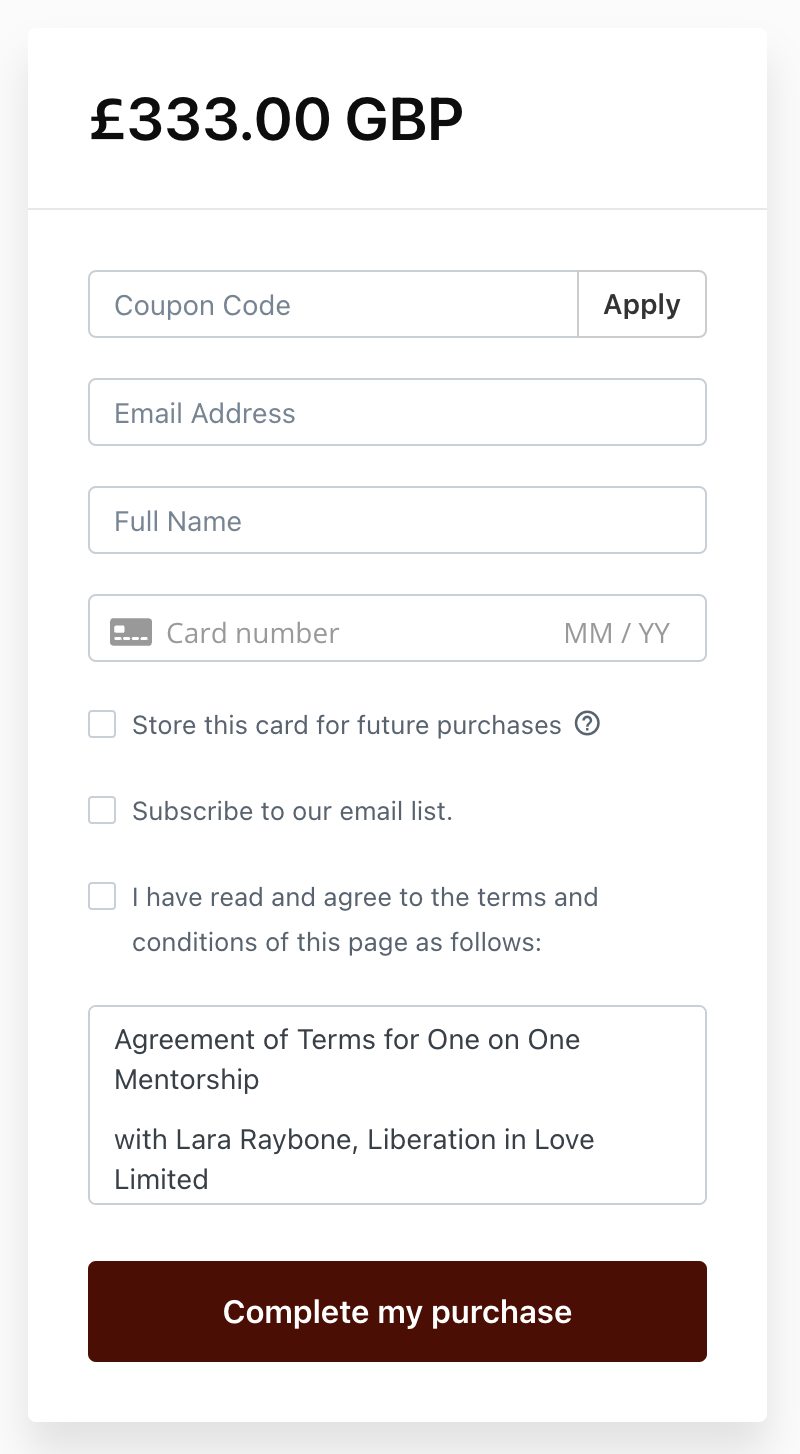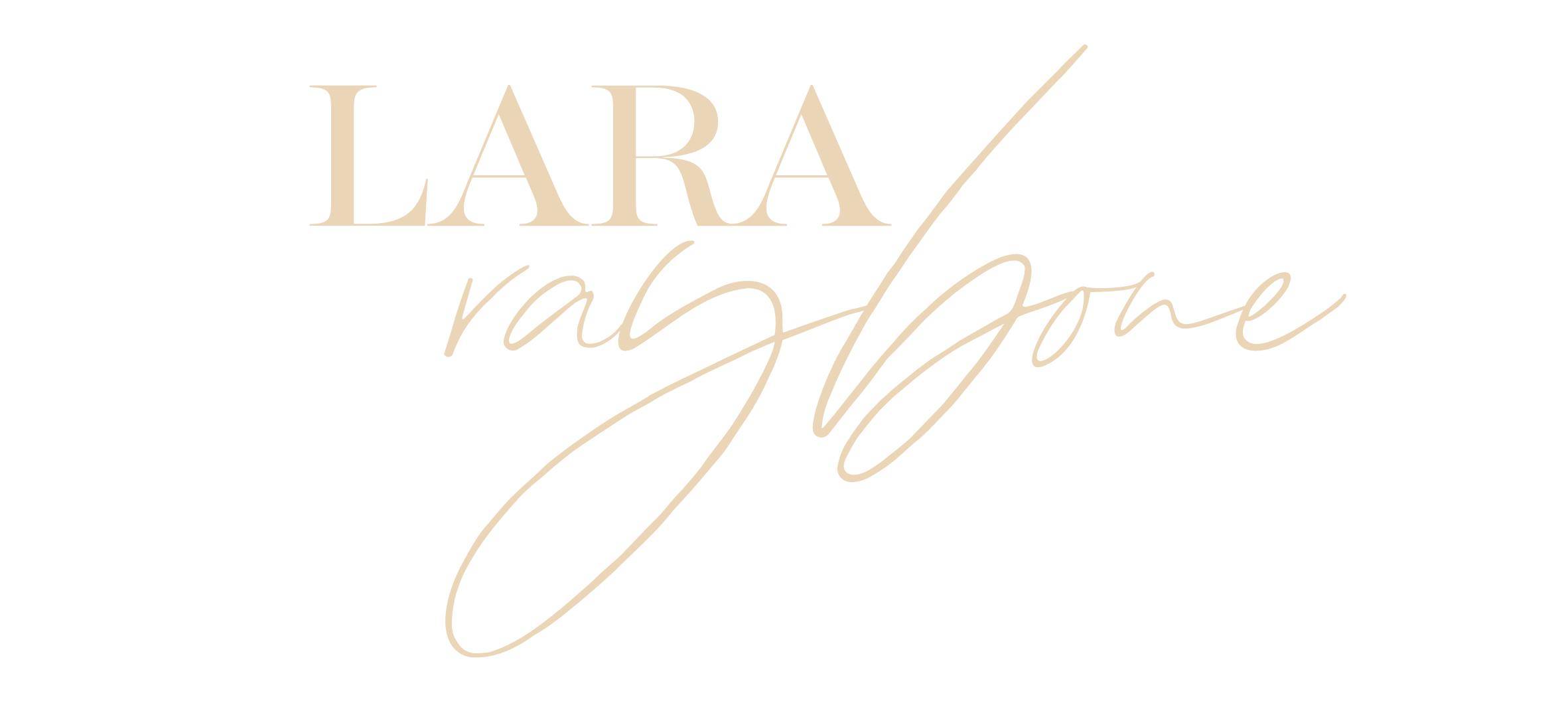In today’s fast-paced world, finding inner peace can seem like a daunting task, but it is vital for our overall well-being. Letting go of the things that weigh us down is a crucial step in this journey. By releasing these burdens, we open ourselves to a more peaceful and fulfilling life. In this guide, we will explore practical and relatable techniques to help you let go and find the inner peace you deserve. Join us as we navigate this transformative journey together.
Understanding Inner Peace
Defining Inner Peace
Inner peace is a state of being where one feels mentally and emotionally calm, despite external stressors. It is not about escaping reality but rather approaching life’s challenges with a balanced mindset. Inner peace involves accepting what we cannot change and focusing on what we can control, such as our reactions and attitudes. It is about finding harmony within ourselves, even when chaos surrounds us. This state of calm is marked by a deep sense of understanding and acceptance. Achieving inner peace often requires introspection and a commitment to personal growth. It is a journey rather than a destination, involving continual practice and patience. By defining what inner peace means to us individually, we can set clearer goals for our personal development and find methods that resonate with us. This personal definition is key to unlocking a more serene and centered life.
Importance of Peace in Life
Having peace in life is essential for maintaining mental and physical well-being. When we cultivate inner peace, we reduce stress and anxiety, which can have positive effects on our health. Stress is known to contribute to various health issues, such as high blood pressure and weakened immunity. By finding peace, we create a buffer against these stress-related problems. Moreover, inner peace enhances our relationships by allowing us to interact with others more calmly and compassionately. It enables us to respond to conflicts with patience rather than anger. Peace also fosters clarity and focus, helping us make better decisions in our personal and professional lives. Ultimately, a peaceful mind enhances our overall quality of life, allowing us to enjoy the present moment without being overwhelmed by the past or anxious about the future. By prioritizing peace, we build a foundation for a more balanced and fulfilling life.
This 7 week programme is an embodied exploration, of the facets of the feminine, through the lens of sexuality. Click the image below to book your place.

The Art of Letting Go
Benefits of Letting Go
Letting go can lead to numerous benefits, both emotionally and physically. One of the primary advantages is the reduction of stress and anxiety. Holding onto past grievances or worrying about future uncertainties can weigh heavily on our minds. By releasing these burdens, we free up mental space, allowing for greater clarity and focus. Letting go also enhances our emotional well-being by fostering a sense of freedom and empowerment. It encourages us to live in the present, rather than being tethered to past regrets or fears of the future. This practice can improve our relationships, as it helps us to approach others with forgiveness and understanding. Additionally, letting go can boost our resilience, making us better equipped to handle life’s challenges. Overall, this process can lead to a more balanced and fulfilling life, where we are more open to new experiences and opportunities for personal growth.
Common Barriers to Letting Go
Letting go is often easier said than done due to several common barriers. One major obstacle is fear—fear of the unknown or fear of losing control. People often cling to familiarity, even if it causes discomfort, because it feels safer than uncertainty. Another barrier is attachment, whether to material possessions, relationships, or past identities. This attachment can create a false sense of security, making the idea of letting go unsettling. Additionally, unresolved emotions like anger, resentment, or guilt can anchor us to past experiences, hindering our ability to move forward. Perfectionism is another challenge, as it leads to unrealistic expectations and an inability to accept imperfections. Lastly, societal and cultural pressures can reinforce the belief that holding onto certain things is necessary for success or happiness. Recognizing these barriers is the first step in overcoming them. By understanding what holds us back, we can begin to dismantle these obstacles and embrace the freedom that comes with letting go.
Practical Techniques for Letting Go
ممارسات اليقظة الذهنية
Mindfulness الممارسات are effective tools for letting go. They help cultivate awareness and acceptance of the present moment. One simple practice is mindful breathing, which involves focusing on each breath as it enters and leaves the body. This can calm the mind and reduce stress. Another approach is body scanning, where attention is progressively directed to different parts of the body, noting any sensations without judgment. Meditation, even for a few minutes a day, can also promote mental clarity and emotional balance. Practicing gratitude by acknowledging things you are thankful for can shift focus from negative thoughts. Mindfulness encourages observing thoughts and feelings without attachment, helping us recognize and release those that no longer serve us. Journaling is another form of mindfulness that allows for reflection and the processing of emotions. By incorporating these practices into daily life, we can gradually let go of burdens and embrace a more peaceful state of being.
Emotional Release Exercises
Emotional release التمارين are beneficial for processing and letting go of pent-up emotions. One effective technique is expressive writing, where you write continuously about your thoughts and feelings without worrying about grammar or punctuation. This can help clarify emotions and provide relief. Another exercise is physical movement, such as dancing or yoga, which can release tension held in the body. Engaging in deep breathing or vocal exercises, like sighing or humming, can also help release emotional الطاقة. Visualization is another tool, where you imagine letting go of emotions, perhaps visualizing them as balloons floating away. Art and music therapy, where you create or engage with art and music, can provide a non-verbal outlet for emotions. These exercises encourage acknowledging and expressing emotions rather than suppressing them, allowing for a healthier and more sustainable emotional state. By regularly practicing emotional release, we can facilitate personal growth and greater emotional freedom.
Simplifying Your Life
Simplifying your life is a practical step towards letting go of unnecessary burdens. Start by decluttering your physical space. Remove items that no longer serve a purpose or bring joy. A tidy environment can lead to a clearer mind. Simplify your schedule by prioritizing tasks and commitments. Learn to say no to activities that don’t align with your values or goals. This creates space for what truly matters. Focus on quality over quantity in your relationships by spending time with those who uplift you. Digitally detox by reducing screen time and being selective about the information you consume. Streamlining your finances, such as automated savings or budgeting, can also reduce stress. By simplifying various aspects of life, you create a more manageable and peaceful existence. This process is not about deprivation but about making conscious choices that lead to greater freedom and satisfaction. Simplification can be a powerful tool in the journey toward inner peace.
Building a Peaceful Mindset
Cultivating Gratitude
Cultivating gratitude is a fundamental practice for building a peaceful mindset. It involves recognizing and appreciating the positive aspects of life, which can shift focus away from negativity and stress. Start by keeping a gratitude journal, where you regularly note things you are thankful for, whether big or small. This habit can increase awareness of the good around you. Another practice is expressing gratitude directly to others, which can strengthen relationships and enhance your own sense of well-being. Mindful reflection, taking a moment each day to consider what you appreciate, can also cultivate a grateful attitude. Gratitude can help reframe challenges as opportunities for growth, promoting resilience in difficult times. By focusing on what you have rather than what you lack, gratitude fosters contentment and reduces the desire for unnecessary wants. Through consistent practice, gratitude can transform perspective, making peace a more accessible and enduring part of daily life.
Embracing Impermanence
Embracing impermanence is key to cultivating a peaceful mindset. Recognizing that everything in life is temporary can reduce attachment and alleviate suffering. This understanding encourages us to appreciate moments as they occur, knowing they will change. It also helps in dealing with loss or disappointment by providing perspective that these experiences are part of the natural ebb and flow of life. Practicing mindfulness can aid in accepting impermanence by keeping us present and attuned to the transient nature of our thoughts and emotions. This acceptance fosters resilience, allowing us to adapt to life’s fluctuations with grace. Reflect on personal growth and how change has shaped who you are today. By viewing impermanence as an opportunity for transformation, we can welcome new experiences without fear. Embracing impermanence encourages living fully in the moment, fostering a sense of peace and acceptance in the face of life’s inevitable changes.
Sustaining Inner Peace
Developing Consistent Habits
Developing consistent habits is crucial for sustaining inner peace. Routine practices provide structure and stability, which can reduce stress and promote well-being. Start by identifying activities that bring calm and incorporate them into your daily schedule. This could include meditation, exercise, or reading. Consistency is key; even small, regular actions can have a significant impact over time. Make a commitment to personal time each day, where you disconnect from external demands and focus on self-care. Establishing a morning or evening routine can set a positive tone for the day or help unwind before rest. Prioritize sleep, as adequate rest is fundamental to emotional and physical health. Consistent habits build resilience, helping you navigate life’s challenges with greater ease. They also reinforce your commitment to personal growth and well-being. By embedding these practices into daily life, you create a foundation for lasting peace and a more balanced existence.
Creating a Supportive Environment
Creating a supportive environment is essential for sustaining inner peace. The spaces where we live and work significantly influence our mental and emotional states. Start by decluttering and organizing your surroundings to promote a sense of calm and order. Incorporate elements that inspire tranquility, such as plants, calming colors, or soft lighting. It’s also important to surround yourself with people who uplift and support you. Evaluate your relationships and engage more with those who encourage your growth and well-being. Limit exposure to negativity, whether from media or interpersonal interactions, to maintain a positive mindset. Creating boundaries is another vital step, ensuring that your environment respects your need for peace and personal space. Consider dedicating a specific area in your home for relaxation or reflection, a sanctuary where you can retreat when needed. By intentionally crafting a supportive environment, you foster a space that nurtures inner peace and reinforces your commitment to a balanced life.
